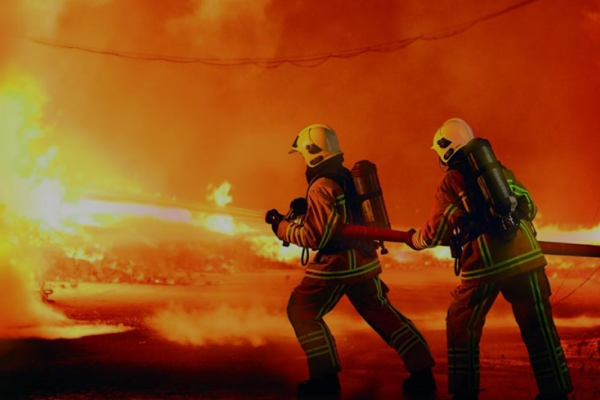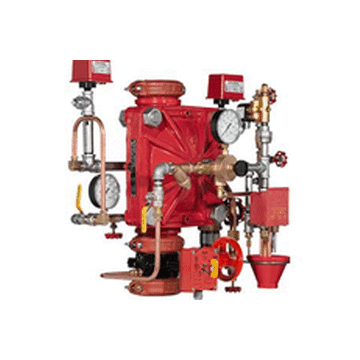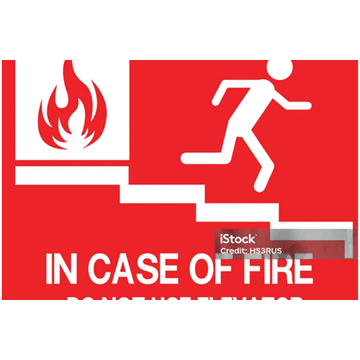Fire prevention and fighting (PCCC) is a very important field to protect human life and property from fire risks. Understanding PCCC not only helps to minimize risks but also helps people to be able to respond promptly in emergencies.
1. Causes of fire Understanding the causes of fire is the first step to preventing fires. Some common causes include: Electricity: Electrical short circuit, old or damaged electrical wires, overloaded electrical equipment. Chemicals: Improper storage and use of flammable chemicals. Gas: Gas leak, not turning off the stove when not in use. Open fire: Using candles, oil lamps, wood stoves without supervision. Smoking: Smoking in the wrong place or not completely extinguishing.
2. Fire prevention measures To prevent fires, the following measures should be taken: Check and maintain the electrical system: Regularly check and maintain the electrical system, replace old and damaged electrical wires. Store chemicals properly: Store chemicals in a cool place, away from fire sources and follow storage instructions. Check the gas system: Make sure the gas system does not leak, turn off the stove when not in use and install gas leak warning devices. Manage open fires: Use open fires in safe places, closely monitor and completely extinguish after use. Comply with smoking regulations: Smoke in permitted areas and completely extinguish after smoking.
3. Fire prevention and fighting equipment Fire alarm equipment: Smoke sensor: Detects smoke and activates the alarm. Heat sensor: Detects abnormally high temperatures. Fire alarm center: Connects and controls sensors, activates sirens and alarm lights. Firefighting equipment: Fire extinguisher: Used to extinguish fire in the early stages. There are many types of fire extinguishers such as powder extinguisher, CO2 extinguisher, foam extinguisher. Fire hose: Used to spray water or other fire extinguishing agents onto the fire. Fire hydrant: Provides water for fire fighting, often installed in public areas. Automatic fire extinguishing system: Sprinkler system: Automatically sprays water when the ambient temperature exceeds the safety threshold. CO2 system: Sprays CO2 gas to extinguish fire in closed areas such as computer rooms, server rooms. Foam system: Sprays foam to extinguish fire, often used in fuel warehouses.
4. Basic skills when encountering a fire Alarm: As soon as a fire is detected, activate the fire alarm system or call the fire department. Use a fire extinguisher: If the fire is small, use a fire extinguisher to extinguish the fire. Remember the PASS rule: Pull, Aim, Squeeze, Sweep. Evacuation: If the fire is large, quickly evacuate the dangerous area through the designated exit. Stay calm: Do not panic, move quickly but carefully. Cover your mouth and nose with a wet towel to avoid inhaling smoke. Call the fire department: When safe, immediately call the fire department to handle the fire.
5. Fire safety regulations Vietnam has many fire safety regulations to ensure the safety of people and property. Organizations and individuals need to comply with these regulations: Fire Prevention and Fighting Law: Regulations on the responsibilities of individuals and organizations in fire prevention and fighting. Decrees and Circulars: Detailed instructions on implementing fire prevention and fighting measures, inspection and punishment of violations. Conclusion Understanding fire prevention and fighting is very important to protect life and property. Complying with fire prevention measures, using fire fighting equipment properly and mastering fire response skills will help minimize risks and damage caused by fire and explosion. JYCOFIRE Company is committed to providing effective and quality fire prevention and fighting solutions, contributing to building a safe and sustainable environment.












